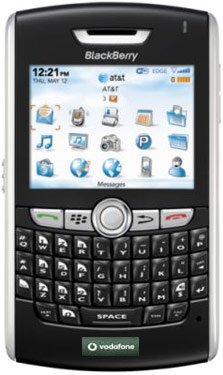
Launched alongside The Museum of Modern Art “Design and The Elastic Mind” exhibition, the Morph concept device is a bridge between highly advanced technologies and their potential benefits to end-users. This device concept showcases some revolutionary leaps being explored by Nokia Research Center (NRC) in collaboration with the Cambridge Nanoscience Centre (United Kingdom) – nanoscale technologies that will potentially create a world of radically different devices that open up an entirely new spectrum of possibilities.
Morph concept technologies might create fantastic opportunities for mobile devices:
- Newly-enabled flexible and transparent materials blend more seamlessly with the way we live
- Devices become self-cleaning and self-preserving
- Transparent electronics offering an entirely new aesthetic dimension
- Built-in solar absorption might charge a device, whilst batteries become smaller, longer lasting and faster to charge
- Integrated sensors might allow us to learn more about the environment around us, empowering us to make better choices
In addition to the advances above, the integrated electronics shown in the Morph concept could cost less and include more functionality in a much smaller space, even as interfaces are simplified and usability is enhanced. All of these new capabilities will unleash new applications and services that will allow us to communicate and interact in unprecedented ways.
Flexible & Changing Design
Nanotechnology enables materials and components that are flexible, stretchable, transparent and remarkably strong. Fibril proteins are woven into a three dimensional mesh that reinforces thin elastic structures. Using the same principle behind spider silk, this elasticity enables the device to literally change shapes and configure itself to adapt to the task at hand.
A folded design would fit easily in a pocket and could lend itself ergonomically to being used as a traditional handset. An unfolded larger design could display more detailed information, and incorporate input devices such as keyboards and touch pads.
Even integrated electronics, from interconnects to sensors, could share these flexible properties. Further, utilization of biodegradable materials might make production and recycling of devices easier and ecologically friendly.
Self-CleaningNanotechnology also can be leveraged to create self-cleaning surfaces on mobile devices, ultimately reducing corrosion, wear and improving longevity. Nanostructured surfaces, such as “Nanoflowers” naturally repel water, dirt, and even fingerprints utilizing effects also seen in natural systems.
Advanced Power SourcesNanotechnology holds out the possibility that the surface of a device will become a natural source of energy via a covering of “Nanograss” structures that harvest solar power. At the same time new high energy density storage materials allow batteries to become smaller and thinner, while also quicker to recharge and able to endure more charging cycles.
Sensing The Environment Nanosensors would empower users to examine the environment around them in completely new ways, from analyzing air pollution, to gaining insight into bio-chemical traces and processes. New capabilities might be as complex as helping us monitor evolving conditions in the quality of our surroundings, or as simple as knowing if the fruit we are about to enjoy should be washed before we eat it. Our ability to tune into our environment in these ways can help us make key decisions that guide our daily actions and ultimately can enhance our health.
Press Material
Other resourcesTo learn more about the “Design and The Elastic Mind” exhibition at The Museum of Modern Art visit MoMA webpage
To learn more about the Cambridge Nanoscience Centre visit http://www.nanoscience.cam.ac.uk/





0 comments:
Post a Comment